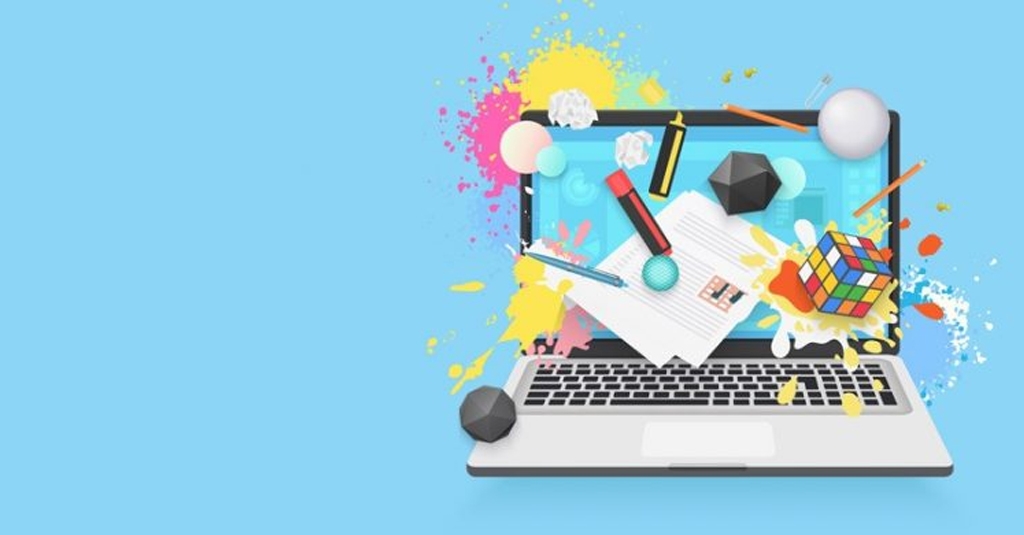As technology transforms everyone’s daily lives, organizations have realized the potential of technology on how we learn and adapt. Microlearning can aid organizations to adjust to this change in a way modern workforce learns. As learners are becoming more informed with full control over when and where they access information, employees also expect the same level of access from training. By using micro content in training courses, learners can easily digest new information and learn at their own pace of time and place, thereby delivering a more personalized experience.
Incorporating Microlearning in Your Learning Lifecycle Microlearning is a significant modality to consider when developing an effective training strategy. With a lot of information provided in the training, bite-sized content helps learners to engage with the right kind of information and at the right point of time. Micro content can be used anytime during the entire learning lifecycle- as an isolated piece or to augment a larger piece of training. As learners’ progress through learning lifecycle from readiness to discovery and reinforcement, microlearning plays an essential role.
- Readiness
It involves engagement of learners before they undergo actual training. This pre-engagement session is done through interactive games, infographics, videos, quizzes and other forms of content that primes learners. - Discovery
In the discovery phase, short and crisp content that focuses on specific performance objective is delivered. This creates targeted behavioral changes wherever and whenever needed. For instance, 5-in-5 model is used in which five different activities are completed in five minutes, based on changing a certain behavior. Bite-sized information is easy to understand, covering ‘why’ and ‘how’ sections, thereby helping learners to discover new ideas and boost knowledge. - Reinforcement
Organizations create micro content to personalize learning experience, provide reference tools and create dashboards. If there is no reinforcement, information cannot be remembered for long. As learners do not want to access the same lengthy course again, the need for microlearning comes in.
Microlearning is no more a new concept and considered as the next big approach to train workforce. Dividing lengthy information into short bites has existed for a long time, thereby making microlearning a crucial aspect of an organization’s training strategy. Today, everyone is familiar with the Forgetting Curve (by Hermann Ebbinghaus) which indicates that people forget almost 80% of what they have learned in 30 days.
Figure: Forgetting Curve
So, microlearning provides an effective solution by flipping the ‘Forgetting Curve’ to the ‘Retention Curve’. This is achieved by providing content nuggets within a learning path to-
- Reinforce the primary and formal training experience
- Extend formal learning through Performance Support Tools (PST)
- Trigger behavioral changes of individuals
Certainly, microlearning is more than a buzz today with increasing number of organizations adopting this approach for formal and informal training. It provides highly engaging experience as it is provided in short pieces and at the point of need. The ease to access micro content across mobile devices such as tablets and smartphones has enabled modern workforce to learn while on the go. Furthermore, rich media formats of micro content ensure improved interaction and retention levels of organizational workforce. Organizations embrace microlearning as it is easy to digest, quick to deploy and can be updated without any hassle.
Suggested Further Reading: – Click Here








